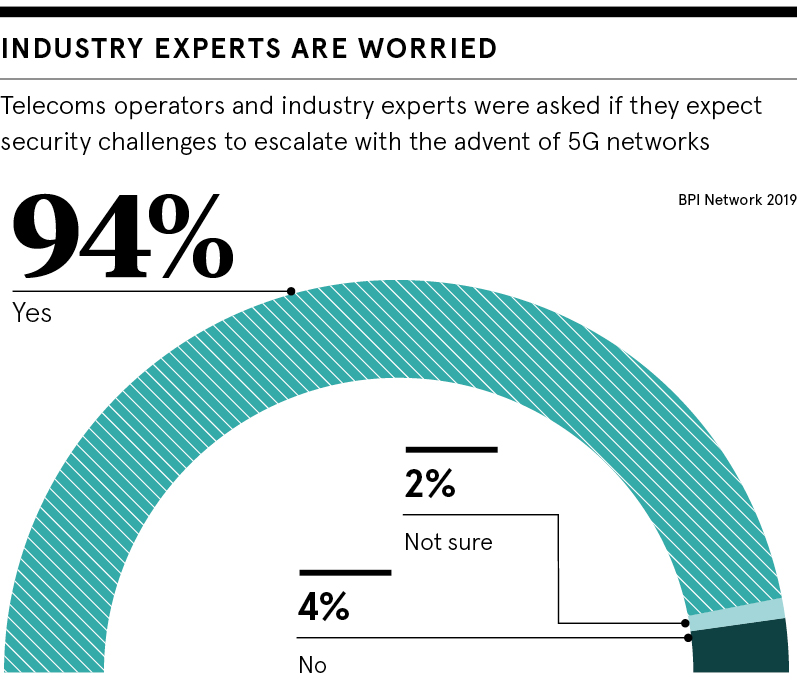

- 5G TECHNOLOGY DANGERS MOVIE
- 5G TECHNOLOGY DANGERS SOFTWARE
- 5G TECHNOLOGY DANGERS SERIES
To address these critical challenges, CISA and S&T are advocating that government and industry work collaboratively to maximize 5G’s benefits and promote its security and resilience. Lack of interoperability with other technologies and services limits the ability of trusted ICT companies to compete in the 5G market.

Competition and Choice: Despite the development of standards that encourage interoperability, some companies are building proprietary interfaces into their technologies, which limits customers’ choices to use other equipment.These vulnerabilities may affect 5G equipment and networks even with additional security enhancements. Network Security: 5G builds upon previous generations of wireless networks and is currently being integrated with 4G LTE networks that contain some legacy vulnerabilities, such as Distributed Denial of Service attacks and SS7/Diameter challenges.Improperly deployed, configured, or managed 5G equipment and networks may be vulnerable to disruption and manipulation. Deployment: 5G will use more information and communication technology (ICT) components than previous generations of wireless networks.
5G TECHNOLOGY DANGERS SOFTWARE
Supply Chain: The 5G supply chain is susceptible to the malicious or unintentional introduction of risks like malicious software and hardware, counterfeit components, and poor designs, manufacturing processes, and maintenance procedures. 5G Risks and Managing VulnerabilitiesĪs the nation’s risk advisor, CISA has determined that 5G implementation will introduce vulnerabilities in the following critical areas: But in the interim, the goal remains to meet increasing data and communication requirements through NSA networks, all while securely and safely reaping 5G’s benefits and possibilities. The complete evolution to standalone 5G networks is likely two years away. Initial 5G deployments will operate on a non-standalone (NSA) network-in other words, operate on existing 4G and 4G-LTE infrastructure and 4G/5G hybrid infrastructures. “From my perspective, 5G is the single biggest critical infrastructure build that the globe has seen in the last 25 years and, coupled with the growth of cloud computing, automation, and future of artificial intelligence, demands focused attention today to secure tomorrow,” said CISA Director Christopher Krebs in the agency’s 5G Strategy report. These benefits will pave the way for additional new capabilities and support connectivity for applications like smart homes and cities, industrial automation, autonomous vehicles, telemedicine, and virtual/augmented reality. increased network capacity-this will allow millions of devices to be connected to the same network within a small geographical area. 10-times decrease in latency-this will enable new capabilities, such as remote surgery and self-driving cars and. 5G TECHNOLOGY DANGERS MOVIE
100-times-faster download speeds-for instance, a 3-gigabyte movie will now download in only 35 seconds. The first-generation (1G) wireless network enabled the first cell phones, 2G brought improved coverage and texting, 3G introduced voice with data/internet, and 4G/4G long-term evolution (LTE) delivered increased speeds to keep up with mobile data demand.ĥG technology promises to completely transform telecommunication networks, introducing a wealth of benefits such as: Roughly every 10 years, the next generation of mobile communication networks is released, bringing faster speeds and increased capabilities. 5G networks currently are in development right now, availability is limited to urban areas around the country. The complete evolution to 5G will take years-expected by 2022-but its goals are to meet increasing data and communication requirements, including capacity for tens of billions of connected devices that will make up the internet of things, ultra-low latency-the delay in communications between connections-required for near-real time communications, and faster speeds to support emerging technologies. Together, S&T and the Cybersecurity and Infrastructure Security Agency (CISA) are working to do just that. However, 5G also carries over and introduces new risks that must be addressed to ensure its secure and safe use by the government and private sectors, including everyday citizens. 
You no doubt have seen the numerous television commercials touting the introduction of the next cellular technology: fifth generation wireless technology, more commonly called 5G.ĥG builds upon existing telecommunication infrastructure to improve bandwidth and capabilities and reduce network-generated delays.
5G TECHNOLOGY DANGERS SERIES
This is the first in a series of feature articles highlighting the Department of Homeland Security Science and Technology Directorate ’s (S&T) work related to 5G.







 0 kommentar(er)
0 kommentar(er)
